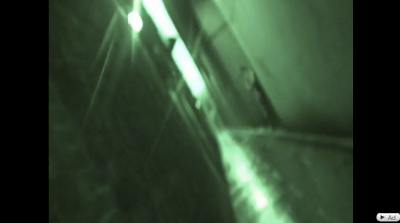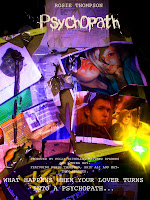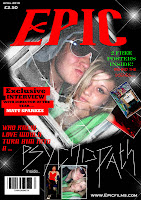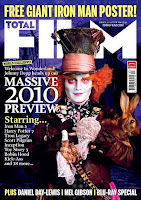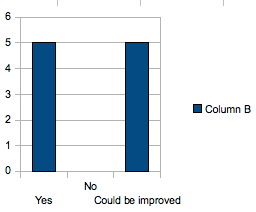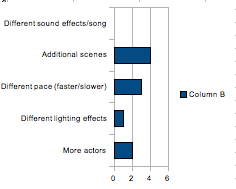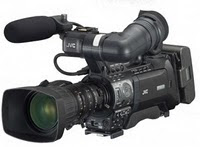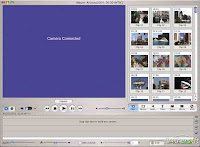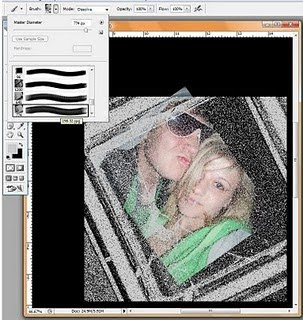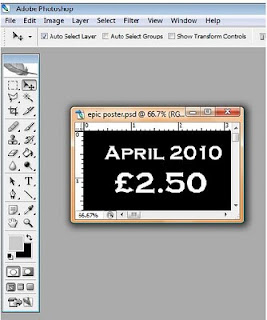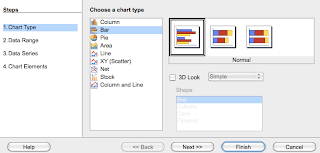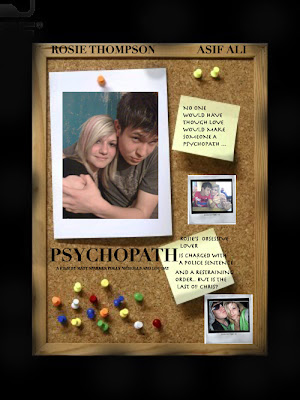While we were filming, we wanted to make sure that we got all the right lighting effects so that everything looked how we had imagined it to.
While filming Rosie walking through the hall to her audition room, we used a bright blue lighting which created a spooky effect but it didn't make it look too over the top as it was only for a short amount of time.
When Rosie was in the audition room, we used several different lights to come up with the effects, first of all we used one red light and the main singer light, this gave the room a slight red tint but it wasn't too overpowering as Rosie needed to be visible. The lighting stayed the same until Rosie had collected her chair as told and took it to the centre of the room - at this point the singer light was brighter which made it look as though Rosie was uncomfortable as the light was shining in her eyes therefore she couldn't see anyone or anything around her.
When Asif informed Rosie she needed to improvise with what was about to happen we started slowly using several of the lights and changing the brightness levels to create different effects. When Asif hits Rosie round the head with the hammer we made the lights change colours and kept moving the brightness levels around so that it created a flashing effect, this created a sense of panic which was important when doing that part of the scene. When he was about to hit Rosie we very quickly turned all the lights off so that it was sudden darkness (panic to calm). This enables the audiences to reflect on what had happened and for the scene to calm down.
The lights then come on and the main singer light is bright onto Rosie so that the audience can clearly see that she in unconscious.
The shots were Asif's car is driving away is at night time - which would be necessary so that no one saw him put Rosie in the car, therefore this was easy to shoot as we just used the natural lighting when we were outside.
While Rosie is in the alleyway, we used some night vision shots to make the shots look spooky and exciting however we also used some normal daylight shots, but they are unfocused and from Rosies point of view to show the audience that she is dazed. We also used spinning effects which show Rosie's panic.

